Population:
Japan is home to about 126 million people. It's a place where bustling, sprawling urban metropolises and quiet towns coexist in harmony.
Language:
Japanese is the ninth most spoken language in the world.
Capital City:
Tokyo, which was once a small fishing village known as Edo, has been the capital of Japan sine the Meiji Restoration in 1868.
Best Time to Visit:
Spring and autumn are ideal seasons to visit Japan. From late March to May, cherry blossoms paint the landscape with soft pink hues, while September to November brings fiery red autumn leaves.
National Dish:
Sushi of course!
Fun Fact:
Japan has more vending machines per capita than anywhere else in the world! Serving everything from your morning coffee to your late-night snack, it's a fun glimpse into the convenience that defines everyday life here.
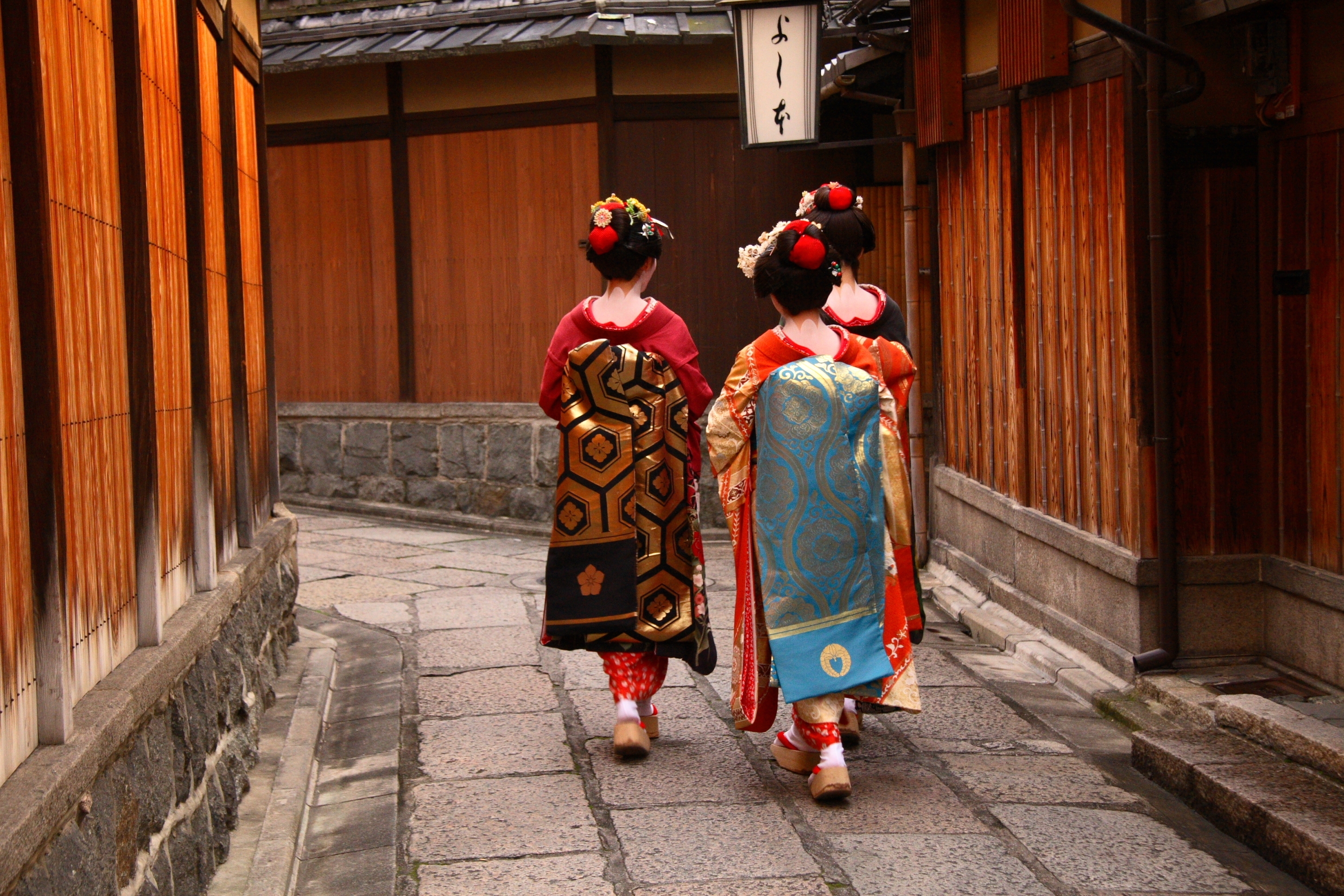
Why Japan is a Must-Visit for Schools
Imagine wandering through Kyoto's streets, where the air is filled with the scent of cherry blossoms, and you can almost hear the whispers of history around every corner. Then, flash to the bustling streets of Tokyo, with its dizzying array of neon lights and cutting-edge tech. Japan offers an utterly unique blend of sights, tastes, and experiences that you won't find anywhere else. Whether you're interested on feasting on the best sushi in the world (not the rubbish from Tesco I am eating whilst writing this) or soaking up the local culture, Japan has something for everyone.
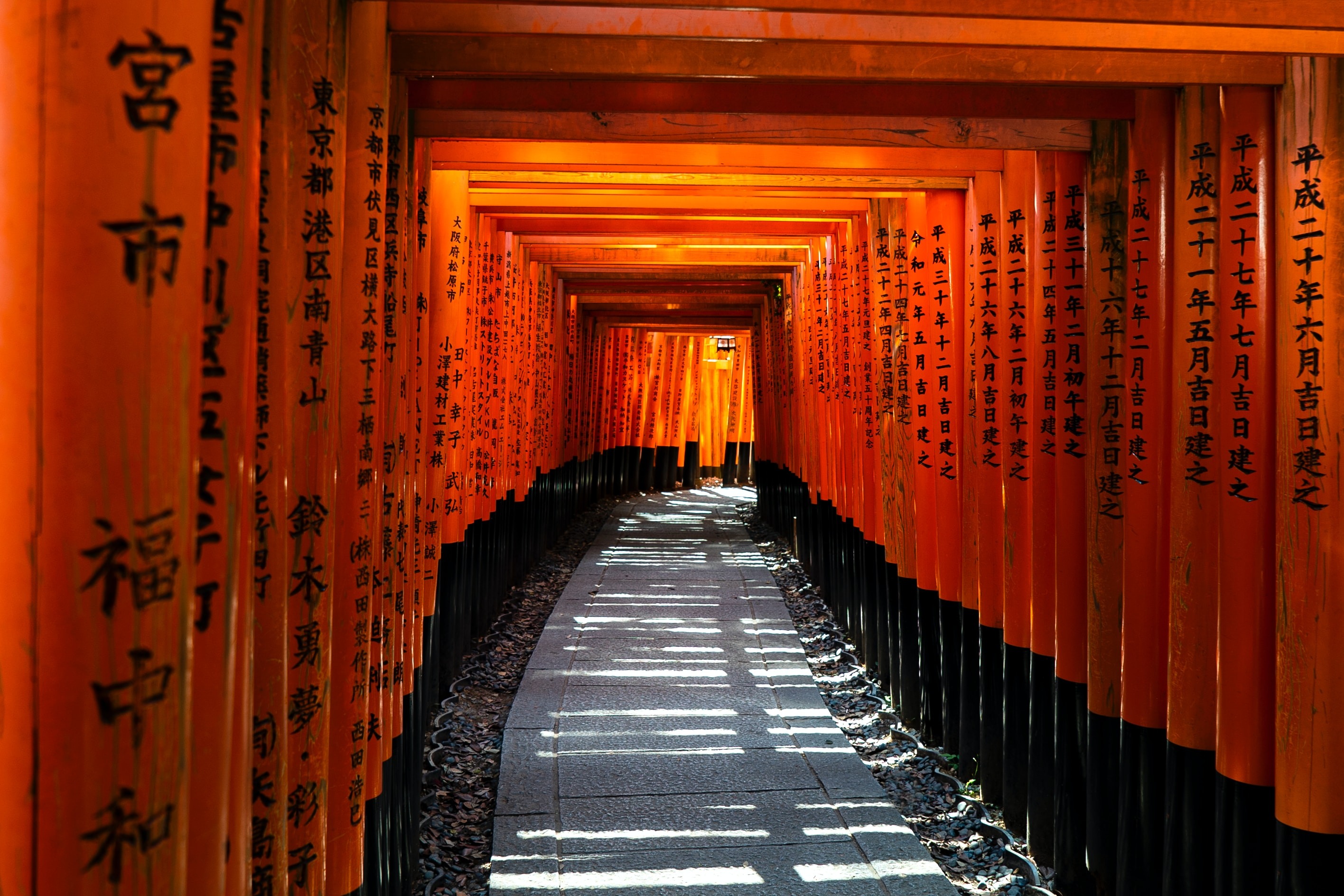
A Geographer’s Dream
For fans of geography, a trip to Japan hits the jackpot.
Feeling the Earth Move
Ever wanted to know what an earthquake feels like? The Ikebukuro Life Safety Learning Centre in Tokyo doesn’t just tell you; it shows you. This facility provides simulations that mimic tremors, aftershocks, and physically demonstrates the sheer power of the earthquakes that have shaped the Japanese landscape.
But that’s not all! Students can also explore the Tokyo Rinkai Disaster Prevention Park in Odaiba, a vital hub for the city's disaster response strategies. Whilst this facility is crucial during emergencies, it also opens its doors to the public daily, offering interactive exhibits and simulations that educate visitors about various natural disasters. These experiences underscore the importance of preparedness and resilience, lessons that resonate far beyond Japan's shores.
Mt. Fuji: A Geological Giant
Mt Fuji is without doubt, an iconic feature of Japan’s landscape. A trip to this active stratovolcano provides a unique chance for students to learn about volcanic activity, plate tectonics, and erosion processes up close. By observing the perfectly defined cone – a classic example of volcanic symmetry – they'll unpack the layers of Earth's restless crust that have shaped not just the mountain itself but also the surrounding landscape.
Beyond the volcano itself, students can physically see the impact of lava flows and ash deposits on the environment, understanding how such eruptions have contributed to the fertile soils and varied ecosystems that flank its slopes.
Looking at Mt. Fuji’s weather patterns also offers insight into how geography influences climate, providing a comprehensive view of the mountain's role in Japan’s natural history.
This direct engagement with Mt. Fuji’s geography represents the relationship between Earth's internal forces and surface features, illustrating the volcano’s significance far beyond its majestic beauty and cultural significance. Through exploring Mt. Fuji, students gain a deeper appreciation for the dynamic processes that shape our landscapes.
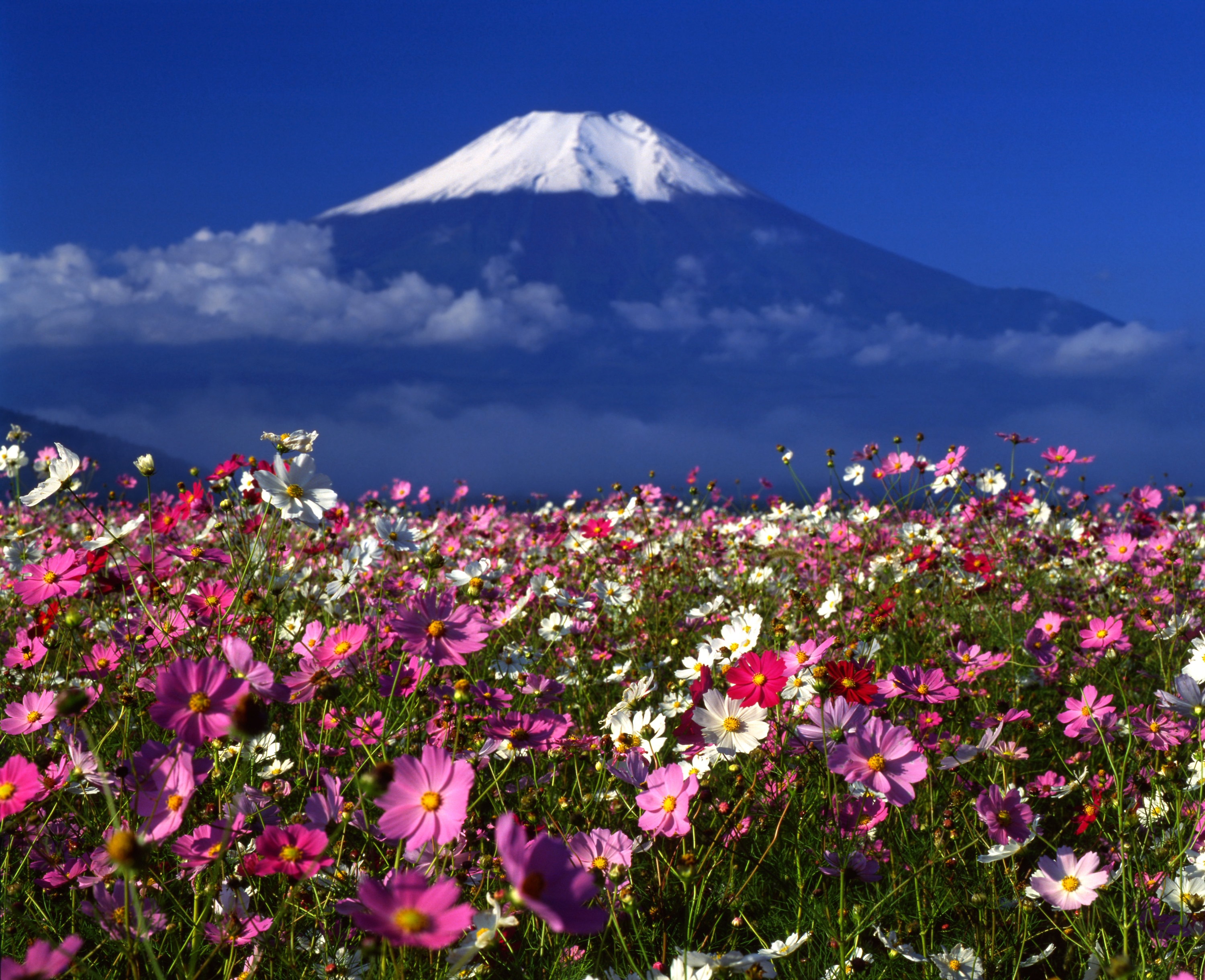
Navigating Tokyo's Urban Maze
If human geography is more your thing, Tokyo is where it is at!
Tokyo is a fascinating case study in urbanisation, technology, and cultural diversity. Here, modern marvels coexist with ancient traditions, allowing you to take a step into the future, without losing sight of the past. Roaming through the streets, you'll see a mix of everything. You've got your quiet parks nestled between skyscrapers, bustling markets just a hop away from quiet neighbourhoods, and all sorts of places where technology and nature bump into each other. It's a fantastic way to see how cities can work when they're planned with people and the environment in mind.
And of course, no trip to Tokyo is complete without a visit to Shibuya Crossing – the world’s most iconic street scramble! Known as the busiest pedestrian crossing in the world, students can witness the orchestrated chaos of hundreds of people crossing from multiple directions, a living example of urban planning, social behaviour, and technology working in tandem.
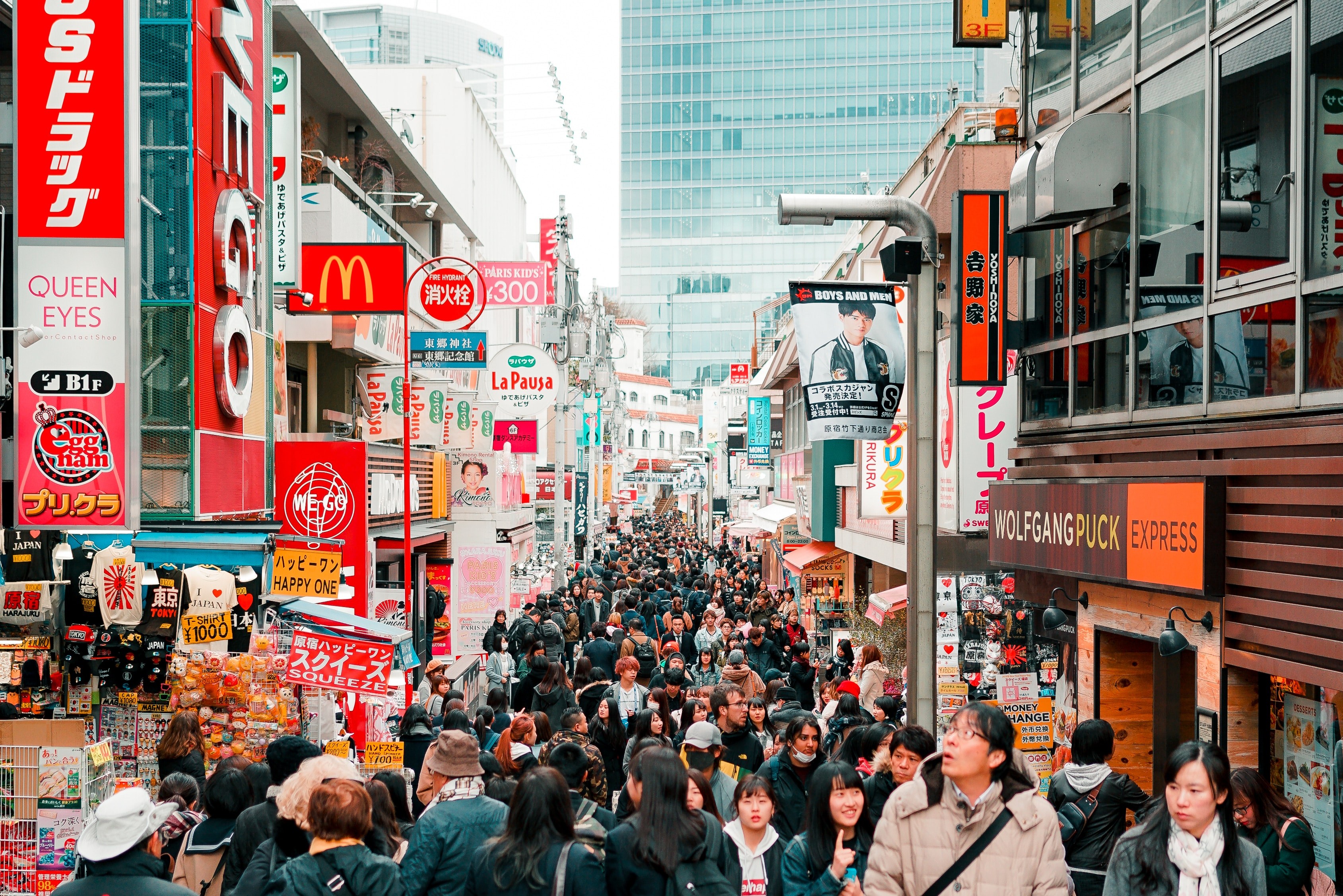
Religious Studies Trips
Whilst Japan might not be the first destination that springs to mind for a religious studies trip, it's certainly a hidden gem. Japan boasts a number of religious traditions, typically deriving from Buddhism and Shintoism, which provide students an opportunity to explore and engage with diverse spiritual practices.
Shintoism, often considered the indigenous spirituality of Japan, is a fascinating part of the country's religious landscape. Unlike religions that are based on scripture, Shintoism is deeply rooted in the worship of kami, spirits associated with natural elements, ancestors, and ancient heroes. It's a faith that permeates Japanese life, blending seamlessly with the natural world and the rhythm of the seasons, reflected in festivals and rituals that have been observed for centuries. This connection to nature and reverence for the past makes Shintoism almost uniquely Japanese, shaping many of the country's cultural and social norms. Through its shrines, rituals, and festivals, Shintoism offers a vivid lens through which to view and understand the Japanese way of life, highlighting a profound relationship between people, nature, and the divine.
Incorporating visits to iconic religious sites such as Sensō-ji Temple in Asakusa and Meiji Shrine in Yoyogi Park, a religious studies trip to Japan bridges historical reverence with contemporary observation. These locations are living venues where the vibrancy of Buddhist and Shinto practices can be witnessed up close. Here, students can experience the rituals and traditions that have shaped and been shaped by Japanese society over millennia.
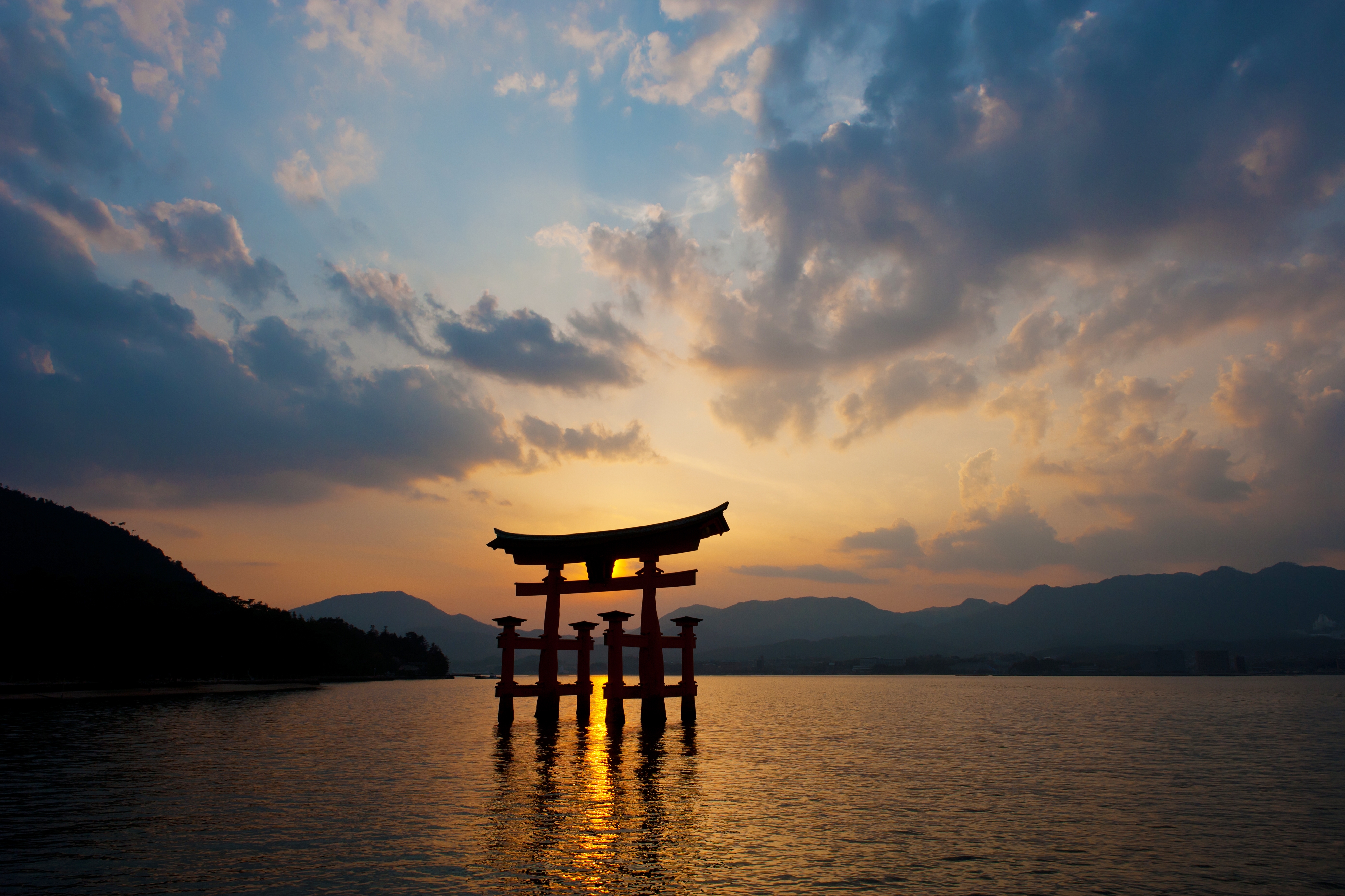
But exploring Japan's spiritual landscape extends beyond these temple visits. The country’s spiritual heritage is also reflected in its cultural practices and art forms, such as the contemplative beauty of Zen gardens. These tranquil spaces offer a different kind of spiritual engagement, inviting reflection and a deeper understanding of Zen Buddhist principles as they manifest in physical form.
By immersing themselves in Japan's spiritual landscape, students can deepen their understanding of world religions and appreciate the diversity of human beliefs. So, although Japan may not be the obvious choice for a religious studies trip, it offers a rewarding journey of discovery for students interested in exploring spirituality and culture in a new context.
As far as we're concerned, Japan stands unmatched as the go-to spot for the most engaging and unique educational trips. This is a land where the thrilling forces of nature meet the profound depths of spiritual tradition. It's a place where you can explore everything from the dramatic landscapes carved by seismic activity to the crowded, neon-lit streets of the world’s largest metropolis. And let's not forget the deeply rooted spiritual practices that offer a whole new perspective on life's big questions.
Really, if you're looking for an educational journey that combines adventure, culture, and learning in ways you've never imagined, Japan is without a doubt your best bet. So why not reach out to us to chat about making Japan your next classroom adventure?
